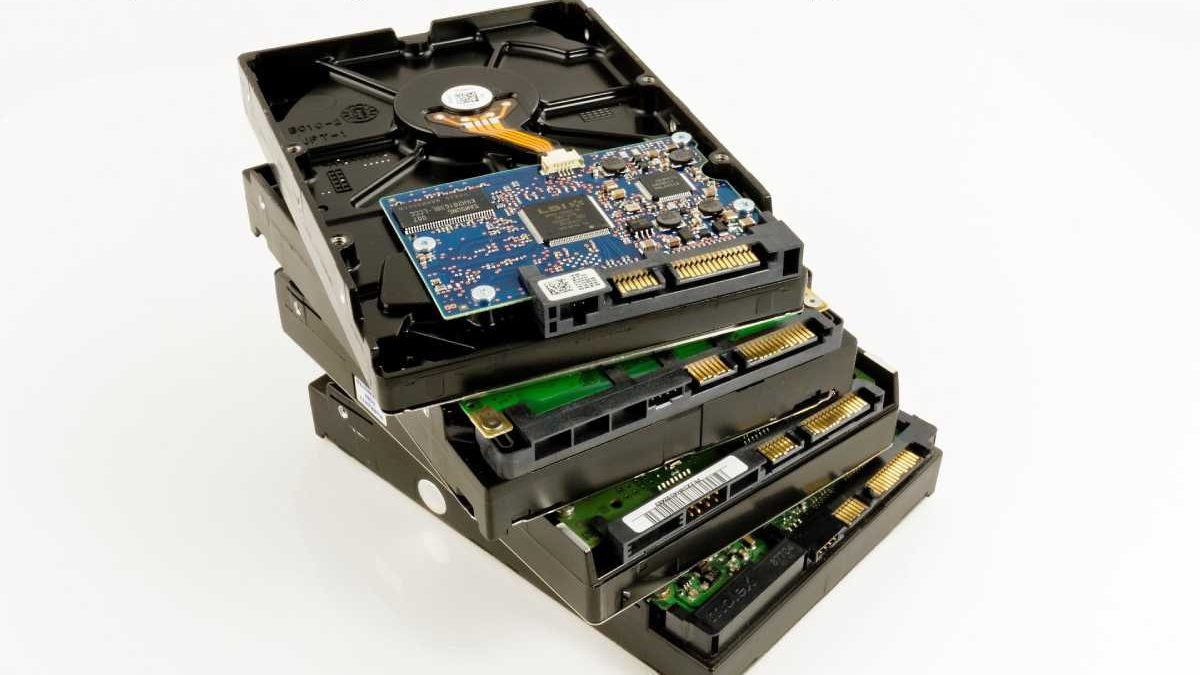Table of Contents
Computer Storage
Digital data is saved in a data storage device using computer technology through the process of storage. Computer storage can store data either momentarily or permanently using this approach.
Most digital devices must have storage units like flash drives and hard drives because they enable users to store a wide variety of materials, including videos, documents, photos, and raw data.
Data storage on a computer or electrical device is another name for storage.
What is Storage Function?
- Storing goods in warehouses and logistical facilities are known as storage.
- Its purpose is to temporarily maintain a steady flow of products on the market to bridge the gap between producers and customers.
- Additionally, it is crucial for preserving the standard of warehouses and logistical facilities as well as the worth of the goods.
- The storage function gauges the system’s energy storage capacity.
- It is safe to assume that the storage function’s value at a given time depends only on previous routes through the system memory.
Types of storage
Storage is one of the critical components of a computer system and can be classified in various ways, although there are two main types:
Volatile Storage (Memory): Requires a continuous source of electricity to store/retain data. It is a computer’s primary storage to store data and handle application workloads temporarily.
- Instances of non-volatile storage include cache memory and random-access memory (RAM).
- Non-volatile storage is a type of storage mechanism that retains digital data, whether turned off or without electrical power.
- It is often called the secondary storage mechanism and is used to store data that requires I/O operations permanently.
- Volatile storage includes a hard drive, USB storage, and optical media.
- Storage is often confused with memory, although the two terms have different meanings in computing.
- Memory refers to the short-term location of temporary data (see volatile storage above), while storage devices store long-term data for later use and access.
- Although the memory is cleared every time a computer is turned off, the stored data is saved and remains intact until manually deleted.
- Primary or volatile storage tends to be much faster than secondary storage due to its proximity to the processor, but it is also comparatively more minor.
- Secondary storage can hold and handle more extensive data and keeps it idle until needed.
- Storage devices include a wide range of different magnetic, optical, flash, and virtual drives.
- They can be internal (if they are part of the computer’s hardware).
- External (if they are installed outside the computer), or detachable (if they can be plugged in and removed without opening the computer).
Storage also includes many online and virtual storage devices, such as the cloud, to allow users to access their data from multiple devices.
Types of storage devices
- Hard drives.
- flash drive
- Flexible.
- tape drives
- CD-ROM discs.
- Blu-ray Discs.
- Memory cards.
- Cloud drives.
After the user issues a software command, the digital data is storing on a suitable device.
- Data size is slow in bits (the smallest unit of measurement for computer memory), and larger storage devices can store more data.
- Storage capacities have increased significantly in recent decades, from the old 5.25-inch drives of the 1980s that held 360 kilobytes to modern hard drives that can hold several terabytes.

